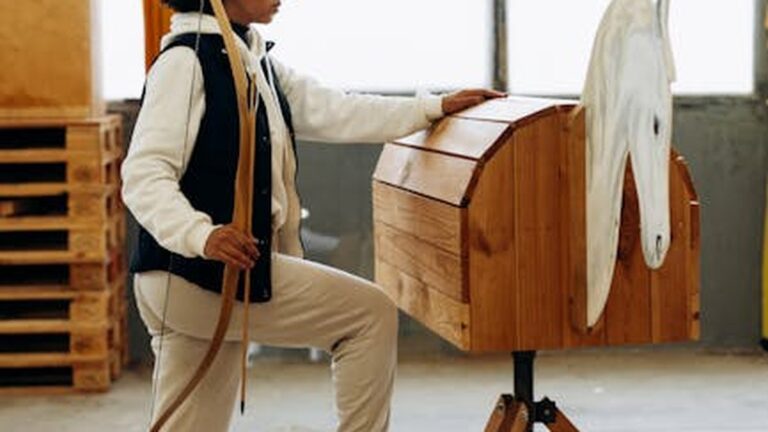Combatting Seasonal Affective Disorder (SAD): Light Therapy & Other Strategies
Understanding Seasonal Affective Disorder (SAD)
As the days grow shorter and the sunlight dwindles, many people experience a shift in their mood and energy levels. For some, this is more than just the “winter blues”; it’s Seasonal Affective Disorder (SAD), a type of depression related to changes in the seasons. SAD typically begins in the fall and continues through the winter months, sapping your energy and making you feel moody. Recognizing the symptoms is the first step toward managing and overcoming SAD.
Symptoms of SAD
The symptoms of SAD can vary from person to person, but common signs include:
- Persistent feelings of sadness, hopelessness, or anxiety
- Loss of interest in activities you once enjoyed
- Changes in appetite or weight, often craving carbohydrates
- Difficulty concentrating
- Fatigue and low energy levels
- Sleeping problems, such as oversleeping or insomnia
- Irritability
- Social withdrawal
If you experience these symptoms for several weeks, especially during the fall and winter months, it’s important to consider whether you might have SAD.
Light Therapy: Shining a Light on SAD
Light therapy is a cornerstone treatment for SAD. It involves sitting near a special light box that emits a bright, full-spectrum light, mimicking natural sunlight. This light helps regulate your body’s internal clock (circadian rhythm) and can improve mood and energy levels.
How Light Therapy Works
The theory behind light therapy is that the bright light helps to stimulate the brain, which then releases serotonin, a neurotransmitter associated with mood regulation. It also helps suppress the production of melatonin, a hormone that can cause drowsiness and lethargy.
Using a Light Box Effectively
To maximize the benefits of light therapy, follow these guidelines:
- Choose the right light box: Look for a light box that emits 10,000 lux and filters out harmful UV rays.
- Time it right: Most experts recommend using the light box first thing in the morning, ideally within the first hour of waking up.
- Be consistent: Aim for 20-30 minutes of light therapy each day.
- Position yourself correctly: Place the light box about 12-24 inches away from your face, slightly off to one side. You don’t need to stare directly at the light.
- Listen to your body: If you experience any side effects, such as headaches, eye strain, or nausea, stop using the light box and consult with a healthcare professional.
Beyond Light Therapy: Other Strategies for Combating SAD
While light therapy is highly effective, it’s often most beneficial when combined with other strategies. These include lifestyle changes, therapy, and medication.
Lifestyle Changes
Simple lifestyle adjustments can make a significant difference in managing SAD symptoms:
- Maximize natural sunlight: Spend time outdoors during daylight hours, even if it’s just for a short walk. Open blinds and curtains to let in as much sunlight as possible.
- Regular exercise: Physical activity boosts mood and energy levels. Aim for at least 30 minutes of moderate-intensity exercise most days of the week.
- Healthy diet: Eat a balanced diet rich in fruits, vegetables, and whole grains. Limit processed foods, sugary drinks, and excessive caffeine or alcohol.
- Prioritize sleep: Maintain a consistent sleep schedule, even on weekends. Create a relaxing bedtime routine to improve sleep quality.
- Social connections: Stay connected with friends and family. Social interaction can help combat feelings of isolation and loneliness.
Therapy
Cognitive Behavioral Therapy (CBT) is a type of therapy that can be very effective in treating SAD. CBT helps you identify and change negative thought patterns and behaviors that contribute to depression.
Medication
In some cases, medication may be necessary to manage SAD symptoms. Antidepressants, such as selective serotonin reuptake inhibitors (SSRIs), can help regulate mood and improve energy levels. Consult with a doctor to determine if medication is right for you.
When to Seek Professional Help
If your SAD symptoms are severe or interfere with your daily life, it’s essential to seek professional help. A doctor or mental health professional can provide a proper diagnosis and recommend the most appropriate treatment plan. Don’t hesitate to reach out for support; you don’t have to suffer in silence.
Conclusion
Seasonal Affective Disorder can be challenging, but it’s a treatable condition. By understanding the symptoms, utilizing light therapy effectively, and incorporating other strategies like lifestyle changes and professional help, you can take control of your mood and enjoy the winter months. Remember to be patient with yourself and celebrate small victories along the way. Embrace the light, both literally and figuratively, and reclaim your well-being this season.






